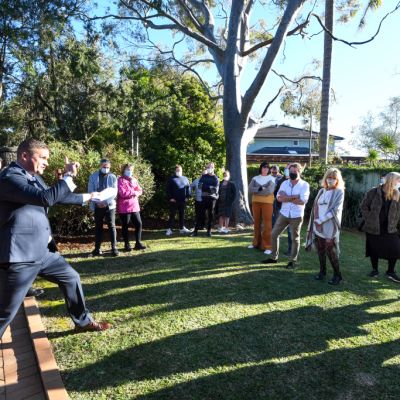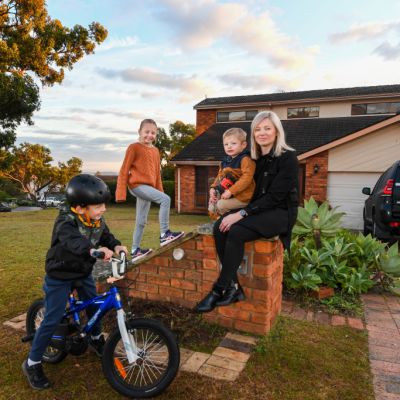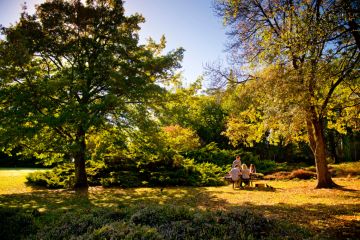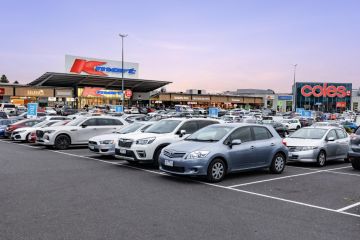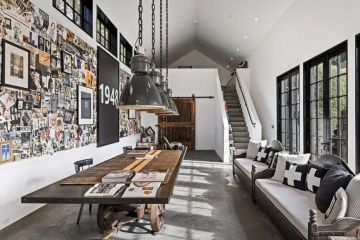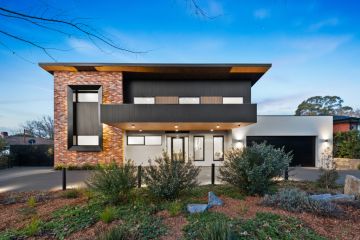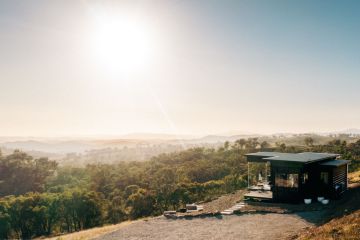The suburbs where home owners are spending the most on renovations during the pandemic
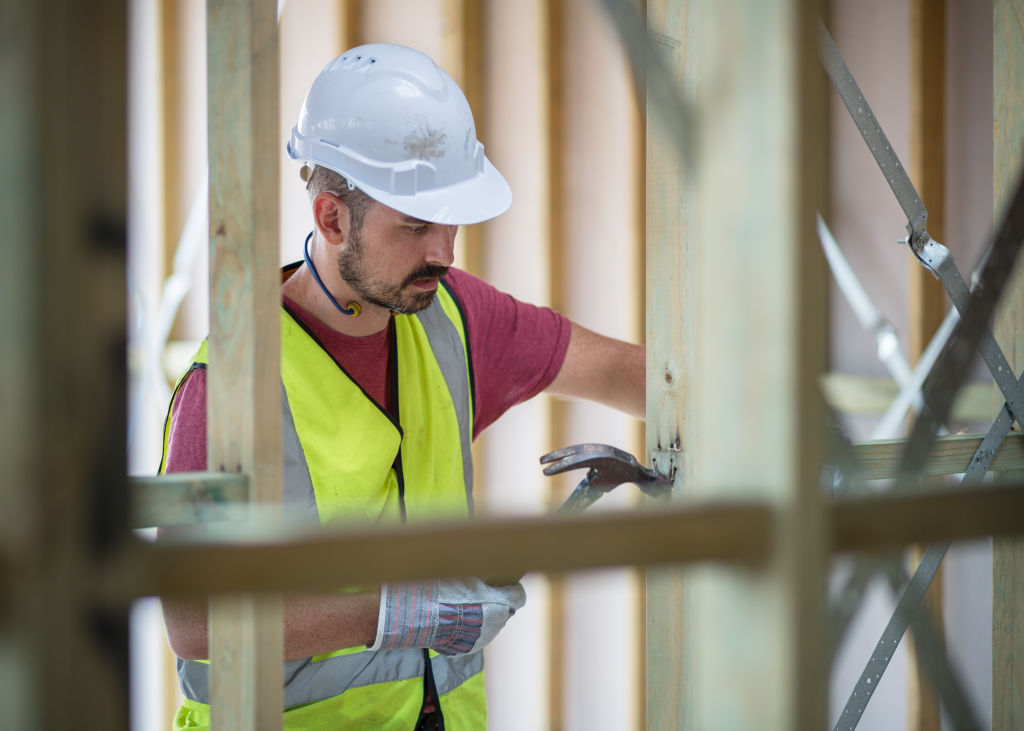
Well-heeled home owners in blue-chip suburbs have poured millions of dollars into renovations since the pandemic began, new figures reveal.
The renovation boom has continued to steamroll ahead with a staggering 116,000 renovations worth almost $1 billion approved across Australia in the 12 months to May 2021, Australian Bureau of Statistics data shows.
It was the largest number of renovations approved in the space of one year despite the value dropping 12.7 per cent in the past month, the data reveals.
Once again, it was the top-end of town that was spending big.
Sydney’s affluent harbourside suburb of Mosman led the way, nationally and in NSW, with home owners spending a cool $87.2 million on renovations in that period.
Melbourne’s Mornington Peninsula followed with $61.8 million dollars spent on renovations in Portsea, Sorrento and Blairgowrie.
| Value ($M) | |
| Sydney | |
| Mosman | 87.2 |
| Willoughby – Castle Cove – Northbridge | 56.0 |
| Rose Bay – Vaucluse – Watsons Bay | 51.4 |
| Melbourne | |
| Portsea – Sorrento – Blairgowrie | 61.8 |
| Albert Park | 51.9 |
| Malvern – Glen Iris | 46.3 |
| Brisbane | |
| Paddington – Milton | 28.6 |
| Ashgrove | 26.3 |
| Camp Hill | 21.3 |
| Perth | |
| Mount Lawley – Inglewood | 15.5 |
| Mount Hawthorn – Leederville | 12.1 |
| Fremantle | 11.6 |
The enduring pandemic, closed borders and snap lockdowns have meant home owners have continued to save more money than usual, leaving many to upgrade their homes as a result, said Nerida Conisbee, Ray White chief economist.
“These sprawling lockdowns and these higher savings rates are really the reality until borders start to open and we start to travel more freely, and there are other things people can spend their money on,” Ms Conisbee said.
Given runaway house prices since the start of the year, it was hard for home owners to “overcapitalise” on their homes, she said.
But beyond that, many home owners found it made more sense to add value to their homes rather than racking up huge transactional costs such as stamp duty if they were to sell and upgrade.
“That’s a big deterrent. Stamp duty on a million-dollar property is already $40,000. That gets you a pretty nice kitchen,” she said.
But the lack of stock was also one of the biggest drivers for home owners to spend such huge sums on their properties, said David Murphy of David Murphy Residential.
In lieu of upgrading, more significant renovations were being completed to increase space, such as semi-detached houses being extended, he said.
“The most common cost range is probably between $400,000 to $1 million. That is opening up a living area or creating an extra bedroom,” Mr Murphy said.
But there was a lot of demand from cashed-up downsizers, too, who were willing to pay top dollar for homes that were ready to move into, he said.
“When people are going to sell, a large part of the Mosman market is made up of the downsizers … They want something that is turn-key. People are renovating to meet that need.”
Many builders have a six to 12 month wait time as a result, he said.
In Melbourne’s Mornington Peninsula, the influx of inner-city families was creating a large renovation market, said Louise Lupton of Marshall White Mornington Peninsula.
“It’s either knock over and rebuild, or they’re buying a ’70s home, and they’re doing a full renovation,” Ms Lupton said.
The same locals, builders and developers were tapping into this trend as most families were keen to upgrade to a home on the coast without the need to “lift a finger”, she said.
“There’s a lot of the same people that seem to continue to flip and then try to find another one.
“It’s the lifestyle for people. That’s what’s driving it. People are realising they don’t need to be there [in Melbourne]. That’s what’s driving the growth at the moment.”
| Value ($M) | |
| Adelaide | |
| Goodwood – Millswood | 25.2 |
| Unley – Parkside | 22.9 |
| St Peters – Marden | 22.9 |
| Hobart | |
| Sandy Bay | 11.3 |
| West Hobart | 6.6 |
| Launceston | 6.0 |
| Canberra | |
| Kingston | 22.2 |
| Griffith | 6.6 |
| Kambah | 5.1 |
| Darwin | |
| Nightcliff | 3.0 |
| Leanyer | 2.7 |
| Malak – Marrara | 2.3 |
In Brisbane, too, home owners have turned to renovating instead of upsizing due to the limited number of homes on the market.
The riverside inner-city suburbs of Paddington and Milton topped the list in Queensland, with home owners spending $28.6 million on renovations.
Glynis Austin properties principal Glynis Austin said unless more properties hit the market, home owners will turn to renovating their homes.
“People traditionally move rather than renovate; however, because we’ve had a chronic lack of stock, many people have elected to renovate and spend more money on where they are,” Ms Austin said.
“That can be anything from building in under a house, adding a small extension to a full renovation.
“I think COVID has particularly made people more sensitive to their surroundings and more inclined to make their homes work for them now.”
We recommend
States
Capital Cities
Capital Cities - Rentals
Popular Areas
Allhomes
More
- © 2025, CoStar Group Inc.
